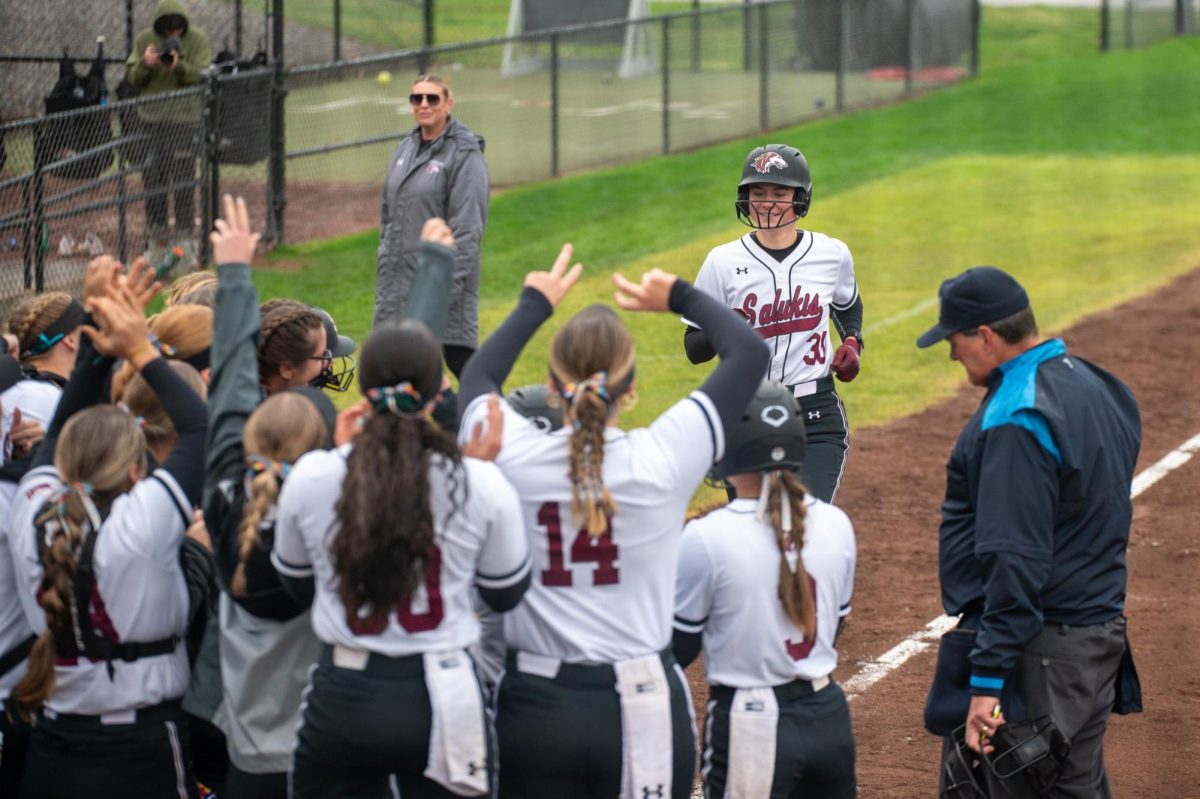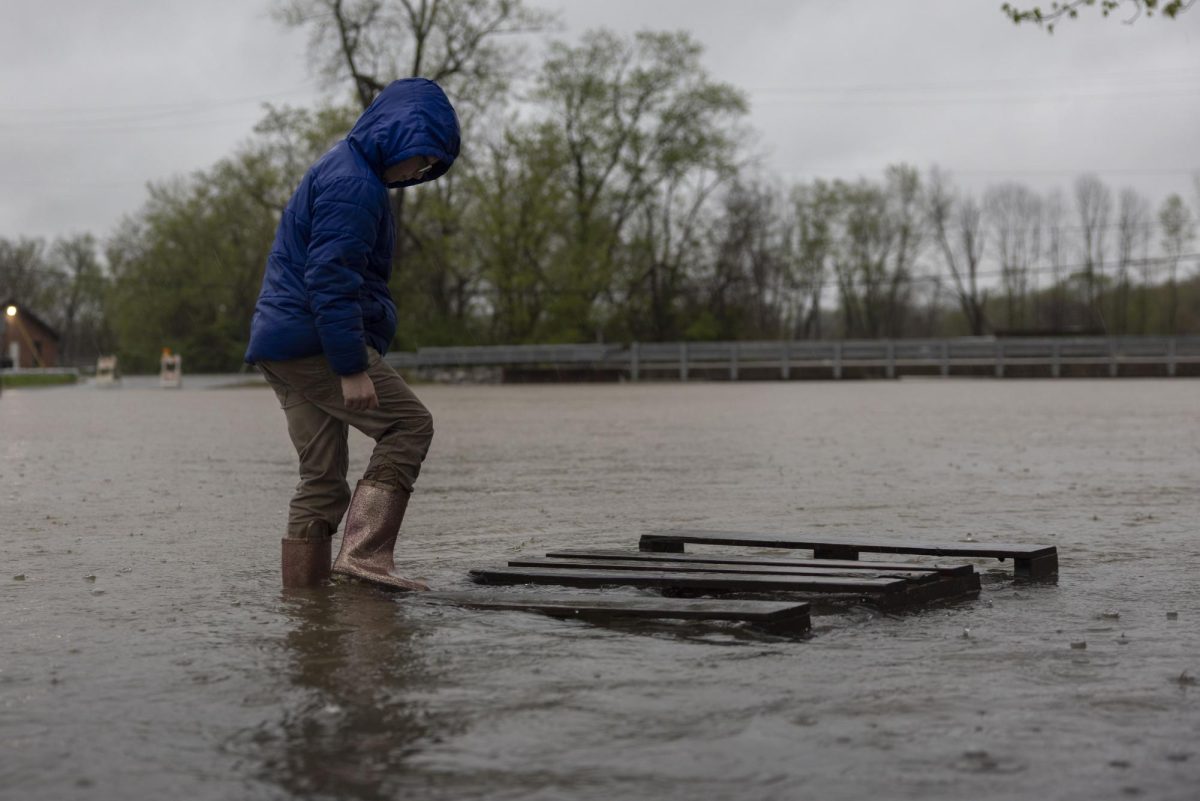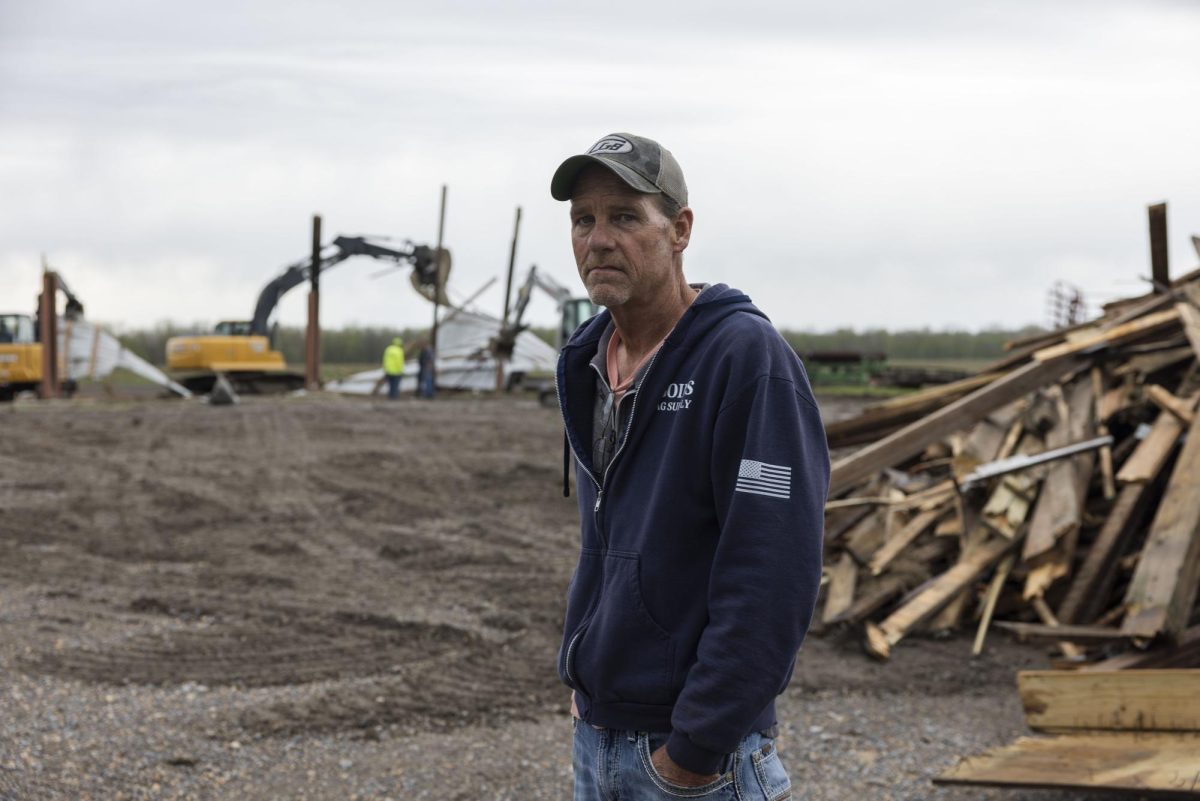‘There were already people there’: Teachers give new look to Columbus Day, Thanksgiving lessons
Students work on their math in instructor Tasia Fields fourth grade classroom at Carman-Buckner Elementary School Jan. 22, 2016 in Waukegan, Ill. (Jose M. Osorio/Chicago Tribune/TNS)
September 29, 2017
Long standing traditions of reciting a poem about how Christopher Columbus sailed the ocean blue or dressing in costume to replicate the first Thanksgiving are getting a fresh look at area elementary and middle schools.
As perspectives on these historical events have evolved, so has the way many school districts teach about them.
“When we were kids we learned about Christopher Columbus and we all learned one thing,” said Christopher Finch, assistant superintendent for teaching and learning at La Grange Elementary District 102, referring to the “discovery” of America.
Advertisement
Many schools have adapted how they teach about these holidays as new views have emerged about how European settlement affected Native Americans, whether Columbus was the first European to find the Americas or even if he should be lauded for discovering a land that was already populated.
“We’re still going to have a Christopher Columbus book display and talk about ‘Here’s a day that we recognize as an historically relevant day,'” Finch said. “But we try to consider the impact of these events from multiple perspectives.”
Finch said the district’s change in how these holidays are taught was prompted by new social studies standards put in place about a year ago.
Burr Ridge Elementary District 180 takes an age-appropriate approach to teaching about the two events.
“Some of our (younger) students are just getting the run down of the holiday and the history behind it,” said Superintendent Tom Schneider. “Older students are introduced to some of the controversy behind it.”
Like Schneider, Finch said students learn about these events in age-appropriate ways.
In kindergarten, students learn that Columbus is considered an historically relevant figure although he may not have been the first European to discover America. From second to fifth grade, students are encouraged to learn that there may be multiple perspectives on historic events or people.
Advertisement*
“We start to have kids ask questions and look for multiple pieces of evidence to make sure something is true,” he said.
That questioning is taken a step further in middle school when he said students are encouraged “to be positively critical and to not accept everything as truth.”
The same goes at Clarendon Hills Middle School, where Jamie Guerin teaches seventh-grade social studies.
“For anything that’s controversial in terms of what the modern view of history is, we use those (events) to teach about perspective and bias,” Guerin said.
Although Columbus is not part of her lesson plan this year, she said in previous years students took part in a mock trial of the explorer. Students played the roles of prosecutor and defense attorney and decided what the charges, such as bringing contagious diseases or destroying the habitat, were brought against Columbus. A jury of students decided his fate.
She said the trial was intended to encourage students to consider multiple sources of information about Columbus, to mull the different biases that those sources might have and to reach their own conclusions.
“When we encounter a unit that’s controversial like that, we put it in the laps of the kids,” she said.
Columbus Day and Thanksgiving are taught about at St. Cletus Catholic School in La Grange, where principal Christy Schaefer said students also delve into other subjects such as the science related to these events.
“They talk about Columbus and how he got to America, not necessarily as the first one,” said Schaefer. “They talk about the process and the hurdles they had to overcome.”
Students might, for instance, learn about navigation tools in 1492 compared to those in use today, she said.
Other more controversial takes on the topics, such as how European settlement impacted Native Americans, are tread lightly.
“With anything in our world today, someone can find a negative,” Schaefer said. “We try to find the positives that came out of something.”
European settlement of the Americas signaled a beginning, she said.
“You realize (with Thanksgiving) there were already people there,” she said. “If nothing else it did start the relationship between North America and Europe.”
Butler Elementary District 53 in Oak Brook does not teach about either Columbus Day or Thanksgiving. Brook Forest principal Chad Prosen saying neither are part of the standards in the curriculum, which has been aligned to the Illinois State Learning Standards.
“We are a community of many cultures and all of our instruction is targeted to be culturally sensitive and to recognize the collective contributions that have led to this great country,” said superintendent Heidi Wennstrom.
The school district’s population is 46 percent white, 45 percent Asian, 5 percent Hispanic, 1 percent black and 3 percent two or more races.
Finch said his district is moving away from events that parents and grandparents may recall from their own childhoods, such as having students dress up as Native Americans or Pilgrims.
“We’re in the process of looking at these events and, at the very least, trying to consider what the message is by doing these events,” Finch said.
Elizabeth Denevi, a consultant with Eastern Educational Resource Collaborative, has been working with District 102 to improve its instruction and content in terms of diversity and equity.
“She’s helped us in recognizing stereotypes and bias and asking ourselves if we are oversimplifying,” Finch said.
When a district is mostly one race, Denevi said teachers need to bring in multiple perspectives through books, videos, inviting a person of another view, background or race into the classroom.
Those experiences can help students become more critical thinkers.
“When you are with people who look like you and talk like you, you don’t have a critical awareness or meta cognition of how you’re moving in the world,” Denevi said.
Becoming aware of divergent views prompts children to grow in their thinking skills.
“That’s the notion of cognitive dissonance,” she said. “When you bump up against something you don’t know you have to think about it further. It gets you to think about the water you’re swimming in.”
History and views about it aren’t necessarily static, the school officials and teachers agree.
“Our view of historical events changes and evolves and that’s healthy,” Schneider said.
___
(c)2017 the Chicago Tribune
Visit the Chicago Tribune at www.chicagotribune.com
Distributed by Tribune Content Agency, LLC.
Advertisement











Don Honda • Sep 30, 2017 at 10:31 am
Apparently, “native americans” were not the first “indigenous” people here in North America. Evidence is mounting that they pushed out a previous population of European-centric origin:
http://www.smithsonianmag.com/smart-news/the-very-first-americans-may-have-had-european-roots-5517714/?no-ist
http://www.bbc.com/earth/story/20170328-the-first-people-who-populated-the-americas
http://sciencenordic.com/dna-links-native-americans-europeans
http://www.washingtonpost.com/national/health-science/radical-theory-of-first-americans-places-stone-age-europeans-in-delmarva-20000-years-ago/2012/02/28/gIQA4mriiR_story.html
http://news.nationalgeographic.com/news/2003/09/0903_030903_bajaskull.html
https://www.google.com/search?q=europeans+were+the+first+americans&ie=utf-8&oe=utf-8&aq=t&rls=org.mozilla:en-US:official&client=firefox-a&channel=sb